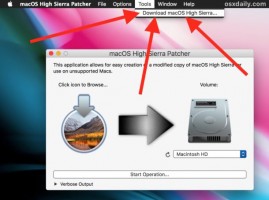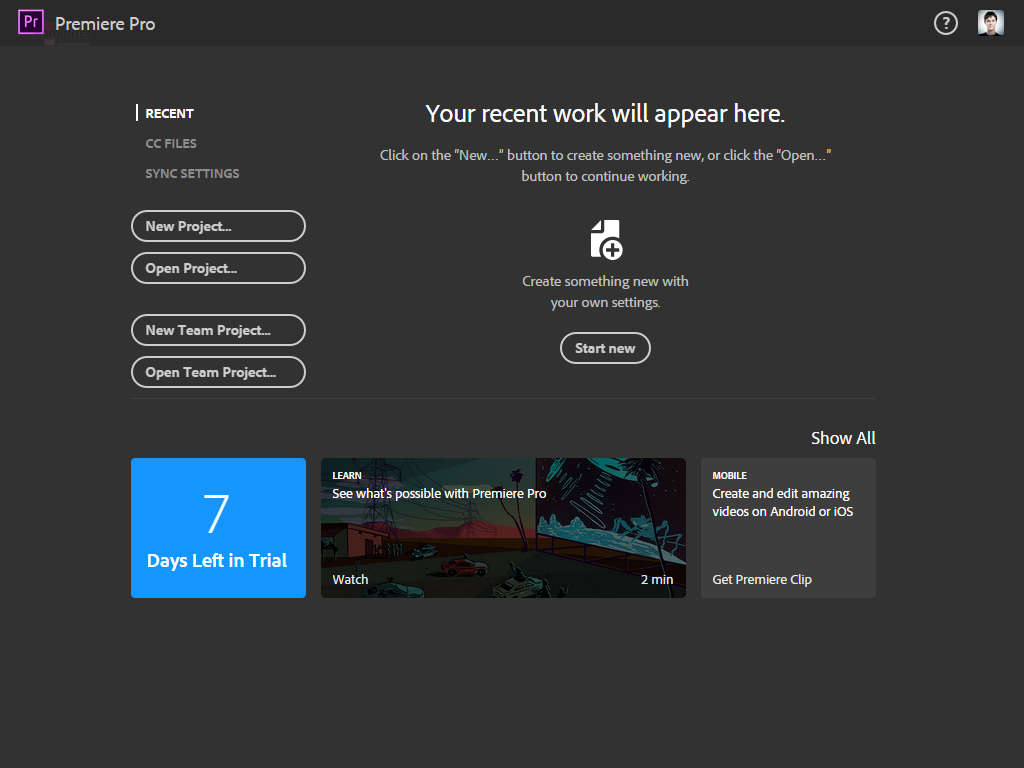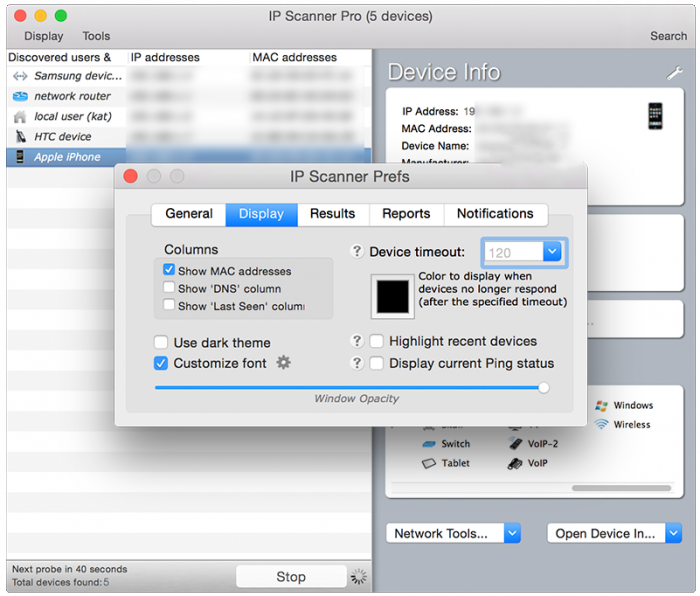
- #Os requirements for macos sierra patcher how to
- #Os requirements for macos sierra patcher for mac
- #Os requirements for macos sierra patcher mac os
- #Os requirements for macos sierra patcher install
Fix macOS 10.13/10.13.4 High Sierra update stuck/failure or freeze error

#Os requirements for macos sierra patcher install
If you get stuck or cannot install macOS 10.13 on your device, just follow Part 2 to get the problems solved and fixed on your own. If no update problems occur, restart your Mac computer and enjoy the new macOS on your device.

After you download the macOS 10.13/10.13.4 upgrade software, install the software and update Mac computer to macOS 10.13 or 10.13.4 High Sierra by following the on-screen instructions. Click Download and fill in your Apple ID when asked.ģ. Go to the Apple store > Find macOS 10.13.10.13.4 update.Ģ. Download and install macOS 10.13/10.13.4 High Sierraġ. Add files and folders to the backup project.Ĭlick File+ to selectively choose files and folders to back up and click the blue start button to back up your Mac data to another drive or external device. Set up the backup destination where you want to store Mac files as backups, automatic backup frequency and click OK.ģ. Download, install and launch EaseUS Todo Backup for Mac.Ĭlick the first Backup tab or simply click the plus ( +) button at the left corner of the left pane to create a backup project - name the backup project and click OK.Ģ.
#Os requirements for macos sierra patcher for mac
Backup Mac data with Mac backup softwareĮaseUS Todo Backup for Mac supports backing up your Mac data in 3 steps:ġ. Turn the Time Machine slider ON > Select Backup Disk to set the external hard drive as the backup destination. (The drive should be at least the same size as your Mac drive.) Connect an external hard drive to your Mac and launch Time Machine. Here you have two options to backup Mac data before macOS 10.13/10.13.4 update: Time Machine or Mac backup software for help. Back up Mac computer data before macOS 10.13/10.13.4 update

#Os requirements for macos sierra patcher how to
Here Part 1, we'll show you how to upgrade to macOS 10.13/10.13.4 High Sierra without losing any data on MacBook Pro/MacBook Air/iMac etc. Upgrade to macOS 10.13/10.13.4 High Sierra without losing data Follow the two next parts to free download macOS 10.13/10.13.4 to install and fix the macOS High Sierra update error right now.
#Os requirements for macos sierra patcher mac os
You will also find that freeing space on the Mac is now easier and even the iTunes application is better than before.If you are trying to find a simple way to update Mac OS to the latest 10.13 or 10.13.4 High Sierra or you are looking for effective solutions to fix macOS High Sierra update stuck or failure error, you are at the right place. Another interesting feature is that you can auto unlock the Mac with your Apple Watch or by using Apple Pay on the web. The major features of this update to the existing operating system include Siri's debut on the Mac, a universal clipboard that runs across all applications and optimized storage with iCloud Drive. MacOS Sierra will be the Version 10.12 of Apple’s Mac operating system and it is a major update to the current version. Fun fact, this is not a new thing for Apple as up till the year 2001 (before the release of version 10) it was called macOS only.

An interesting thing to note here would be that apple has dropped the 'OS X' and it will now just be called as macOS Sierra. This new operating system is capable of a hundred things that make it way more exciting than any of the previous versions. The macOS Sierra system requirements vary by model and are as follows: iMac: Late 2009 or newer MacBook: Late 2009 or newer MacBook Air: Late 2010 or newer MacBook Pro: Mid 2010 or newer Mac mini: Mid 2010 or newer Mac Pro: Mid 2010 or newer While macOS Sierra will be supported on all Macs listed above, it’s important to note that, like in previous releases of OS X and iOS, not all. macOS Sierra system requirements: Not sure whether your Mac will run Apple’s new OS? Here’s all you need to know. “It was initially though that Sierra requires Intel chips with the SSE4.1 instruction set, removing machines with silicon older than the 45nm Penryn Core 2 Duo family of processors,” as per Stephen Hackett of 512pixels. It’s interesting that macOS Sierra marks the first time Apple has changed the system requirements for the Mac operating system 2012’s release of Mountain Lion. MacOS Sierra system requirements are also available in this support document.


 0 kommentar(er)
0 kommentar(er)
